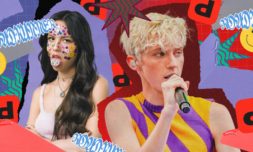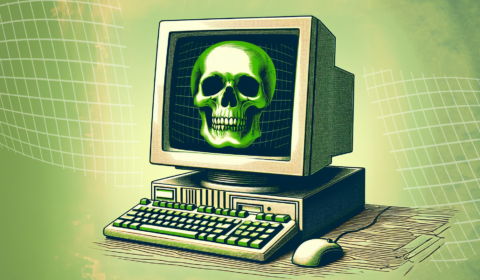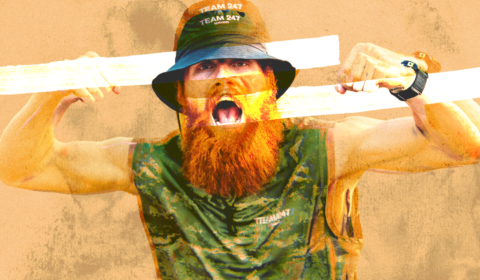The 1985 ‘Running Up That Hill (A Deal With God)’ single by Kate Bush is currently top of the UK charts, nearly four decades on from its release. It demonstrates how the current social media age allows old songs to become recontextualised for a new audience.
I’m sure you’ve either seen or heard about the latest series of Netflix’s hit 1980s sci-fi series, Stranger Things, by now.
The insanely popular franchise has returned with a record-breaking fourth instalment, which is proving to be a sizeable cultural juggernaut. In fact, its appeal is so widespread that it’s having an impact on industries outside of just television.
Kate Bush’s 1985 single, ‘Running Up That Hill (A Deal With God)’, is currently sitting at the top of the UK and US charts after being heavily featured in the show. The longevity of its newfound popularity has surpassed many expectations, too, having floated around the number one and two spots for well over three weeks.
Bush herself has issued a statement on the sudden career boost, saying that the attention is ‘nothing like’ she expected. ‘What’s wonderful is that this is a whole new audience and I love that, it’s so special. I have to admit I feel really moved by it all.’
This makes Bush the oldest female ever to reach the Official Singles Chart summit in the UK, beating Cher’s 23-year-long record for her 1998 single ‘Believe’.
All this buzz for a song that has been available for nearly four decades demonstrates a changing music industry, one that is more intertwined with social media metrics, pop culture, and celebrity endorsement than ever before.
Access to nearly every album ever made via Spotify is recontextualising tracks and albums that were previously only associated with the era they first released in.
We’ve seen this before, of course, with old classics like Rick Astley’s ‘Never Gonna Give You Up’ becoming internet hits before memes were part of mainstream culture. The difference today is that these viral moments are translating into commercial success stories, pushing distant records to the very top of today’s music charts, beating the likes of Harry Styles and Bad Bunny and regaining relevance with a fresh, younger audience.




















